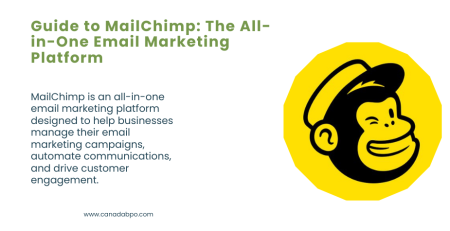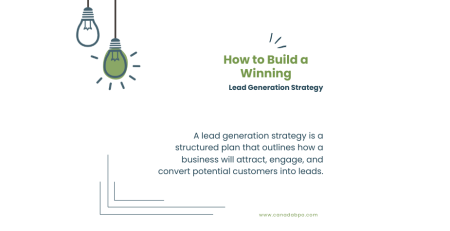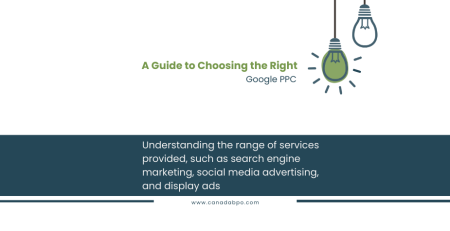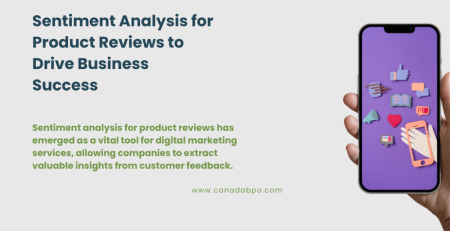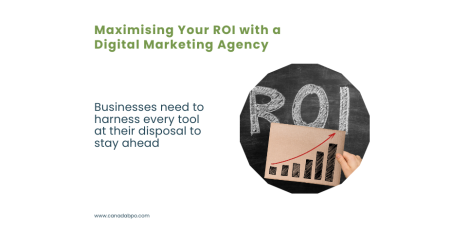Integrating Search Engine Optimization (SEO) into your marketing strategy is crucial for driving traffic, increasing visibility, and achieving your business goals. SEO in marketing is more than just optimizing your website for search engines; it’s about aligning your entire digital presence with the principles of search engine visibility. In this blog post, we’ll explore how to effectively integrate SEO into your marketing strategy and the benefits it brings to your business.
What is SEO in Marketing?
SEO in marketing refers to the application of search engine optimization techniques across various marketing channels to enhance your website’s visibility and attract more organic traffic from search engines. It involves optimizing both on-page and off-page elements to ensure your content ranks well in search engine results pages (SERPs). By incorporating SEO into your marketing efforts, you can improve your website’s ranking, drive relevant traffic, and ultimately achieve better engagement and conversions.
The Importance of SEO in Marketing
- Increased Visibility
SEO helps improve your website’s visibility in search engine results. When your website ranks higher for relevant keywords, it’s more likely to be seen by potential customers. Increased visibility leads to more organic traffic and can significantly impact your brand’s online presence. - Higher Quality Traffic
SEO attracts users who are actively searching for information related to your products or services. This means the traffic driven by SEO is highly targeted and relevant, increasing the likelihood of engagement and conversions. By optimizing for specific keywords, you reach users who are already interested in what you offer. - Cost-Effective Marketing
Compared to paid advertising, SEO can be a more cost-effective long-term strategy. While there are costs associated with SEO, such as content creation and optimization, the organic traffic generated from higher search rankings does not require ongoing payment. This can result in a better return on investment (ROI) over time. - Enhanced User Experience
Effective SEO involves optimizing your website’s usability, speed, and mobile-friendliness. A well-optimized website provides a better user experience, which can lead to higher engagement, longer time on site, and lower bounce rates. Search engines prioritize user experience, so a user-friendly site is more likely to rank well. - Long-Term Results
While SEO requires ongoing effort and adaptation, it can deliver long-term results. Once your website starts ranking well for relevant keywords, it can maintain its position with consistent optimization and high-quality content. This long-term visibility can contribute to sustained organic traffic and brand recognition.
How to Integrate SEO into Your Marketing Strategy
- Conduct Keyword Research
Keyword research is the foundation of SEO. Identify the keywords and phrases your target audience is using to search for products or services related to your business. Use tools like Google Keyword Planner, SEMrush, or Ahrefs to find relevant keywords with high search volume and low competition. Incorporate these keywords strategically into your content and meta tags. - Optimize Your Website
On-page SEO involves optimizing various elements of your website to improve its search engine ranking. Focus on optimizing your title tags, meta descriptions, header tags, and URL structure with relevant keywords. Ensure your content is high-quality, informative, and provides value to your audience. Use internal linking to guide users to related content and improve site navigation. - Create High-Quality Content
Content is a key component of SEO. Develop a content strategy that aligns with your audience’s interests and needs. Create valuable, engaging, and relevant content that addresses common questions or problems. Use various formats such as blog posts, articles, infographics, and videos to cater to different preferences. Regularly update and refresh your content to keep it relevant and current. - Optimize for Mobile
Mobile optimization is essential for SEO success. Ensure your website is responsive and provides a seamless experience across all devices. Optimize page load times, use mobile-friendly design, and ensure that all elements are easily accessible on mobile screens. Google prioritizes mobile-friendly sites in its rankings, making mobile optimization crucial for SEO. - Build High-Quality Backlinks
Off-page SEO involves building high-quality backlinks to your website from reputable sources. Backlinks signal to search engines that your content is valuable and authoritative. Focus on earning backlinks through strategies such as guest blogging, influencer partnerships, and content promotion. Avoid low-quality or spammy backlinks, as they can harm your SEO efforts. - Leverage Local SEO
If your business serves a local audience, local SEO is essential. Optimize your website for local search by including location-specific keywords, creating a Google My Business profile, and encouraging customer reviews. Local SEO helps your business appear in local search results and maps, making it easier for nearby customers to find you. - Monitor and Analyze Performance
Regularly monitor and analyze your SEO performance to gauge the effectiveness of your efforts. Use tools like Google Analytics and Google Search Console to track key metrics such as organic traffic, keyword rankings, and user behavior. Analyze this data to identify areas for improvement and make data-driven adjustments to your strategy. - Stay Updated with SEO Trends
SEO is constantly evolving, and staying updated with the latest trends and algorithm changes is crucial. Follow industry blogs, attend webinars, and participate in SEO communities to stay informed about new developments. Adapting to changes and incorporating new best practices will help you maintain and improve your search rankings.
Best Practices for SEO in Marketing
- Focus on User Intent
Understand the intent behind users’ search queries and tailor your content to address their needs. Creating content that aligns with user intent enhances relevance and improves engagement. Analyze search intent and create content that provides valuable answers or solutions. - Prioritize On-Page Optimization
On-page SEO elements, such as title tags, meta descriptions, and header tags, play a crucial role in search engine rankings. Ensure these elements are optimized with relevant keywords and compelling descriptions. Well-optimized on-page elements enhance your content’s visibility and click-through rates. - Implement Technical SEO
Technical SEO involves optimizing the backend aspects of your website to improve its performance and crawlability. Ensure your site has a clean URL structure, uses proper redirects, and is free of broken links. Improve site speed and implement XML sitemaps to help search engines crawl and index your content effectively. - Foster a Positive User Experience
A positive user experience is essential for SEO success. Ensure your website is easy to navigate, visually appealing, and free of technical issues. Provide clear calls-to-action and make it easy for users to find relevant information. A user-friendly website contributes to higher engagement and better search rankings. - Create Shareable Content
Content that is valuable and shareable can drive additional traffic and improve SEO. Encourage social sharing by creating content that resonates with your audience and prompts them to share it with their networks. Social signals, such as likes and shares, can indirectly influence your search rankings.
Integrating SEO into your marketing strategy is essential for driving visibility, attracting targeted traffic, and achieving your business objectives. By focusing on key elements such as keyword research, on-page optimization, high-quality content, and technical SEO, you can enhance your search engine rankings and improve your overall marketing performance.
Stay informed about the latest SEO trends and continuously monitor and analyze your performance to refine your strategy. With a strategic approach to SEO, you can maximize your online presence, engage your audience, and achieve long-term success in the competitive digital landscape.




